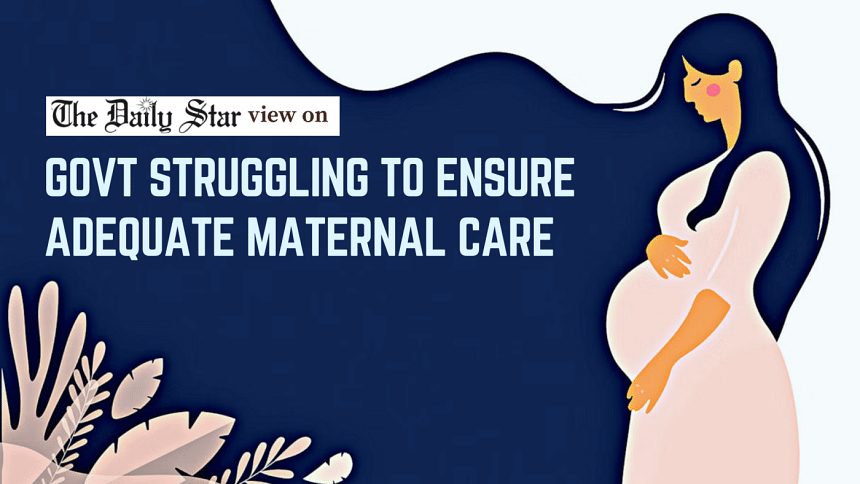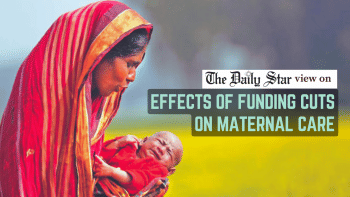Expectant mothers deserve better from public healthcare

We are concerned by the findings of a report by this daily that has revealed how our public health system is failing expectant mothers. Despite a surge in deliveries nationwide—rising from 2.79 million in 2023 to 3.03 million in 2024—there hasn't been a proportionate increase in the use of relevant health services. Recent data from the Medical Education and Family Welfare Division show a steady decline in antenatal check-ups, deliveries, contraception use, and postnatal care in public hospitals and clinics. Of the deliveries recorded, government health facilities have handled just over six percent. That fewer women are turning to public facilities—the most accessible and affordable source of care—means they, and their babies, are more likely to face serious health risks without timely medical intervention.
Further details from our report help provide a clearer picture. For example, while the WHO now recommends eight antenatal care (ANC) visits during pregnancy, in Bangladesh, even the older target of four is becoming harder to meet, with only 5.14 lakh pregnant women receiving the recommended ANC visits in 2023-24—less than half the number recorded four years earlier. Postnatal care has followed the same downward trend, as has the use of contraception. Meanwhile, experts have cited shortages of medical personnel, essential drugs, equipment, and ICU beds that continue to plague public facilities, along with limited awareness among expectant mothers. These deficits are most dangerous for women with high-risk pregnancies, especially in rural areas where the maternal mortality rate remains significantly above the national average.
The experiences of the women cited in our report also highlight the urgency of proper and timely care for pregnancy-related complications. To address the crisis, we need a multi-pronged intervention from the authorities. First, it is vital that the government allocates more resources to public maternal healthcare, recruiting and training staff, expanding ICU capacity, and ensuring an adequate supply of essential drugs. Second, local-level facilities need to be strengthened so that women aren't forced to travel long distances for emergency care. Third, there must be sufficient awareness campaigns to educate families on the importance of antenatal and postnatal check-ups, especially in rural areas where misconceptions about pregnancy persist. Access and awareness must happen simultaneously for us to turn the current trend around.


 For all latest news, follow The Daily Star's Google News channel.
For all latest news, follow The Daily Star's Google News channel. 









Comments